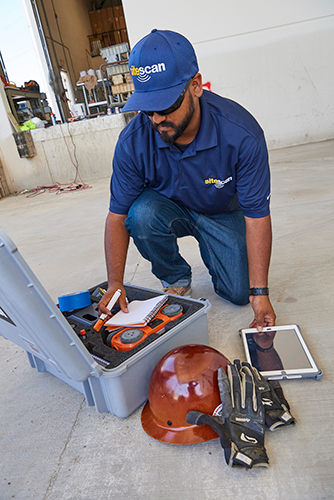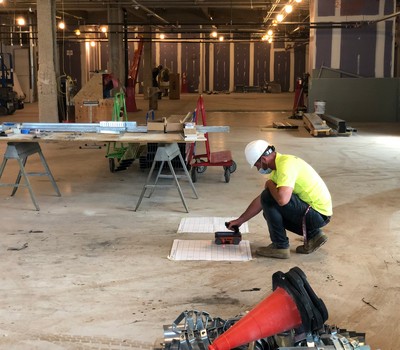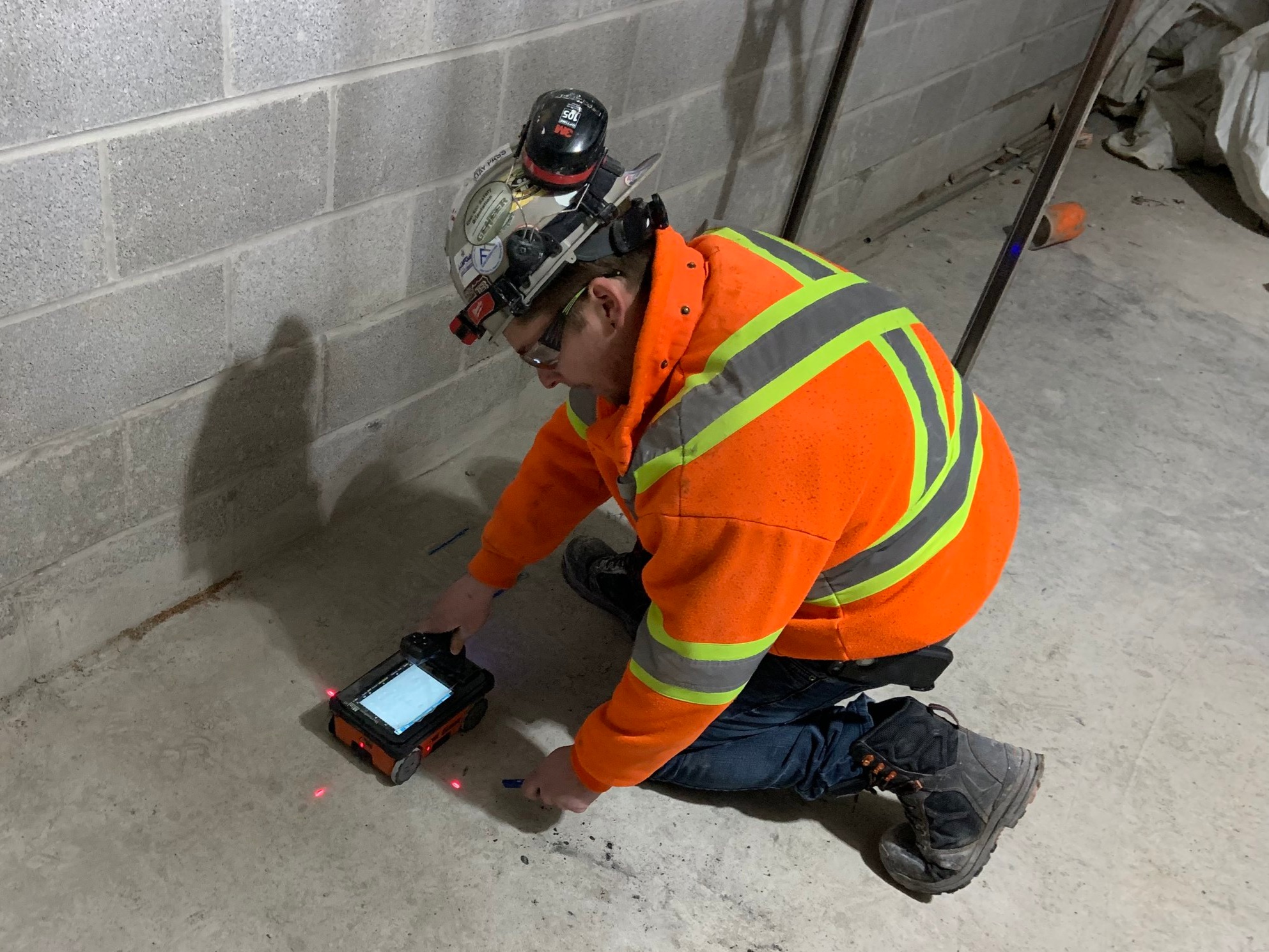Reveal the Transformative Power of Concrete Scanning in Optimizing Efficiency and Safety And Security
Concrete scanning has emerged as a vital tool in the building industry, using unrivaled benefits in boosting task performance and making sure security standards. By utilizing innovative modern technology, concrete scanning allows professionals to see beyond the surface, uncovering surprise complexities that could affect the architectural stability of a building. The transformative power of concrete scanning exists in its ability to give real-time information and thorough insights, reinventing how projects are planned and implemented. As we explore the details of this ingenious technique, a globe of possibilities opens, showcasing a new age of construction methods that focus on precision and safety and security.
Relevance of Concrete Scanning
Guaranteeing the architectural integrity and safety of building tasks starts with the important action of carrying out complete concrete scanning. Concrete scanning is a non-destructive method used to find and map subsurface components within concrete structures.
Furthermore, concrete scanning aids in enhancing task timelines and budget plan by avoiding unexpected prices and delays that might emerge due to unanticipated blockages within the concrete. Eventually, spending in complete concrete scanning is a positive method that enhances both performance and safety in construction tasks.
How Concrete Scanning Works
Concrete scanning operates as a vital device in building and construction tasks by employing advanced innovations to spot and map subsurface components without causing architectural damages. Ground Permeating Radar (GPR) and Electromagnetic Induction (EMI) are two key techniques utilized in concrete scanning.
Throughout the scanning procedure, the data gathered is analyzed in real-time, permitting immediate recognition of possible threats or obstacles under the surface area. By employing these innovative technologies, concrete scanning considerably decreases the danger of costly problems and injuries on construction sites.
Advantages of Concrete Scanning
One of the primary advantages of concrete scanning is the capability to identify and situate embedded things such as rebar, post-tension cables, and avenues properly. Concrete scanning assists in planning and making more effectively, as it provides precise information about the location and depth of architectural components.

Study: Concrete Scanning Success

In an additional case, a building and construction business used 3D concrete scanning to examine the condition old concrete frameworks in a historic building. The thorough scans offered useful insights into the level of wear and tear and helped prioritize maintenance efforts properly. By proactively resolving areas of worry determined through scanning, the business was able to expand the life expectancy of the framework and make certain occupant security.
These instance studies emphasize the transformative power of concrete scanning in enhancing efficiency, accuracy, and security in building tasks.
Applying Concrete Scanning in Projects
Executing advanced important site scanning technologies during building and construction jobs has ended up being progressively necessary for enhancing accuracy and safety and security. By integrating concrete scanning into job preparation and execution, building and construction teams can identify prospective dangers, such as rebar or post-tension cable televisions, concealed within concrete frameworks. This aggressive method reduces the risk of accidents, delays, and pricey rework, inevitably resulting in much more effective project timelines and spending plans.
To implement concrete scanning effectively, task supervisors ought to work together closely with knowledgeable scanning experts to figure out one of the most ideal scanning strategies for the details task requirements. Involving scanning experts from the onset of a job makes it possible for the team to produce comprehensive scanning plans that address vital areas of concern and ensure thorough data collection.
In addition, integrating concrete scanning into regular job workflows can simplify decision-making procedures, as real-time scan data provides instant understandings into the condition of concrete structures - Concrete Scanning. This data-driven strategy assists in informed analytic and allows groups to make modifications without delay, promoting a society of efficiency and security throughout the project lifecycle

Final Thought
In verdict, concrete scanning plays a critical function in enhancing effectiveness and safety in read what he said building jobs. By using advanced modern technology to spot and map out underlying structures within concrete, this process helps to avoid pricey errors, make sure architectural stability, and minimize risks on website. With the capacity to discover surprise aspects and supply precise data, concrete scanning confirms to be a useful device for optimizing job end results and making best use of overall success.
Concrete scanning is a non-destructive technique made use of to identify and map subsurface aspects within concrete structures. Furthermore, concrete scanning assists in optimizing job timelines and budget plan by avoiding unforeseen costs and hold-ups that may emerge due to unforeseen obstructions within the concrete. One noteworthy case research entails a large remodelling task where concrete scanning played an important function in guaranteeing task success.In an additional instance, a construction firm made use of 3D concrete scanning to examine the condition of aging concrete frameworks in a historical structure. By incorporating concrete scanning into project preparation and implementation, building groups can identify potential dangers, such as rebar or post-tension cable televisions, concealed within concrete structures.
Comments on “The Value of Professional Concrete Scanning Solutions”